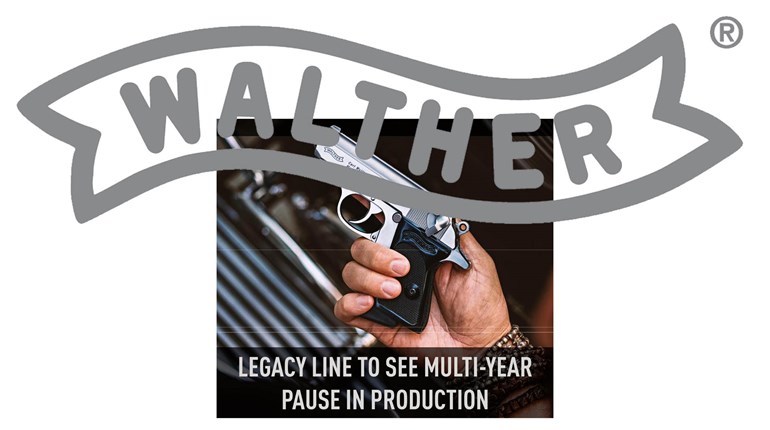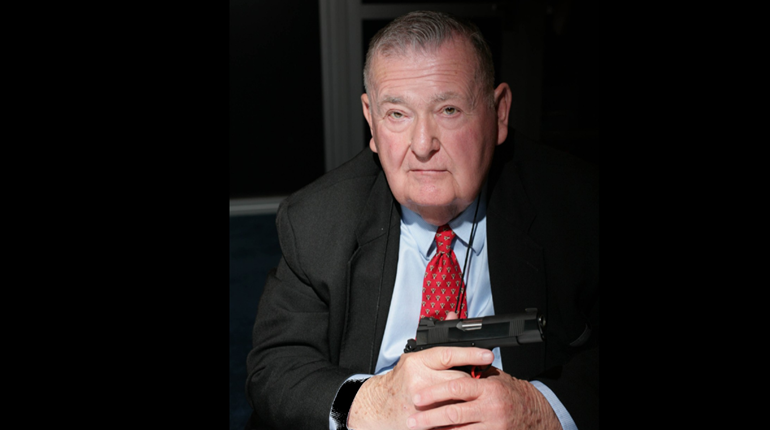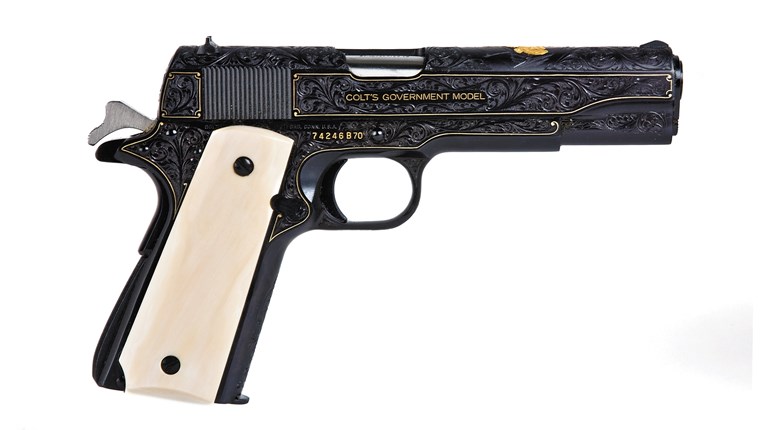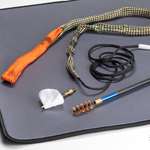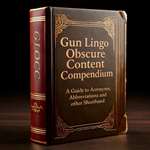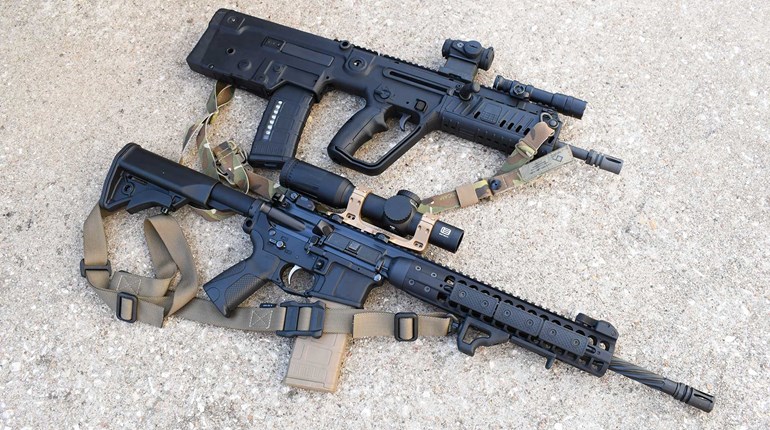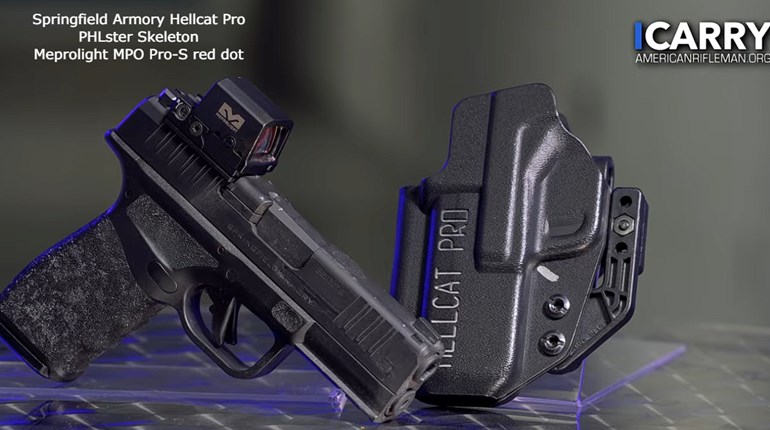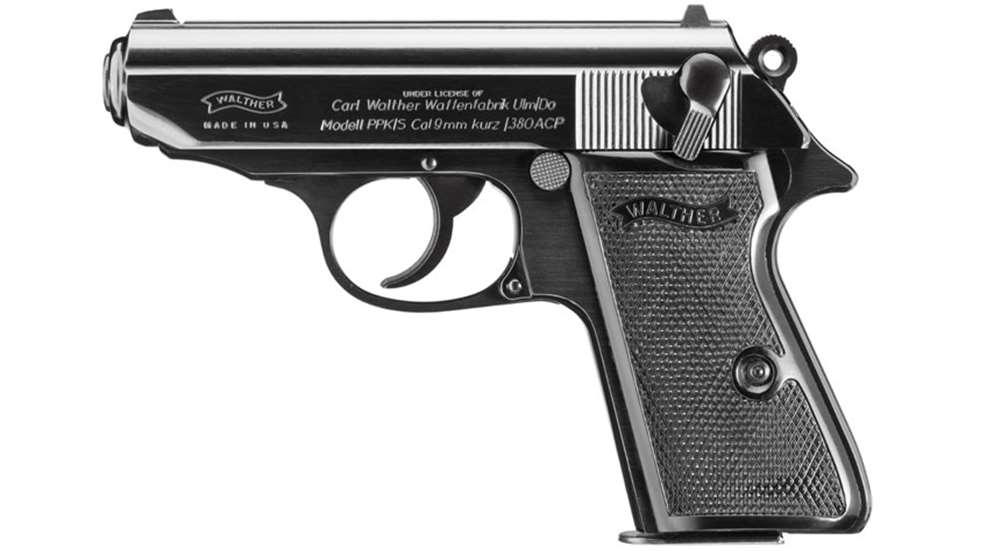
Like many other gun folks, I sometimes develop interest in obscure gun topics that misses “obsessive,” but not by much. In this regard, I see the American Rifleman article by Dr. Leonardo M. Antaris as one of the best gun-related things I have read in quite a while. It’s called “In The Beginning” and deals with the range and characteristics of early (late 1880s and forward), primarily European self-loading pistols.
The author’s research has discovered a number of handguns most of us have never heard of. Most were not produced in great quantity, but the story throws a different light on those times, where the introduction of smokeless powder had such a significant impact on the arms industry. Reduced fouling due to smokeless powder made cartridge-feeding systems a practical reality, resulting in the first automatic pistols. They were generally called “automatics” in the sense that they automatically reloaded their own chambers.
As described in the Antaris article, there were a number of unique semi-automatics that were developed and produced in this late 19th- and early 20th-century era. The designers of that time were primarily concerned with making their contraption work, because it is obvious there was scant effort in stylistic elements—pistols of this era are generally ugly as hell. Only the legendary pistol designed by Georg Luger has any sort of enduring style. The bumper sticker philosophers have long proclaimed that “life’s too short to shoot an ugly gun.”
As much as we would like to think that we’re coldly objective about our choices in personal armament, the fact is that we are oddly subjective on the matter. That is true back to those first semi-autos. We often base our selection on reputation, popularity and appearance. Since choosing guns for personal defense is, in fact, quite a personal matter, this tendency is pretty understandable. We are basing some of our reasoning on a gun’s so-called “coefficient of cool,” slang ascribed to firearms designer Tom Campbell. Let’s look at one pistol that is quite cool—and still popular after 88 years—Walther’s classic PPK.
The Walther Arms marque goes back to 1908, though members of the family had already been involved in the arms industry for many years prior. The firm has made longarms at several times, but it is best known for a long series of high-quality pistols. The first guns were small, blowback-operated models in the typical calibers of the time: .22 LR, .25 ACP, .32 ACP and .380 ACP. Two different attempts at 9 mm blowbacks failed.
Generally, the firm’s small semi-automatics were respected, but police and military were looking for more sophisticated armament and Walther sought to fill that need in 1929. It introduced the PP model, a .380 ACP and .32 ACP semi-auto intended for uniformed police. A year or so later, the manufacturer abbreviated the PP down to a slightly smaller handgun that was a lot cooler. It was called the PPK. That term translates to “Police Pistol, Detective” and it was essentially a PP shorter in both length and height. Seldom does any gun catch on as did that little pocket pistol.
The major PPK improvement in the mechanical sense was the pistol’s lockwork. It’s common in today’s world, but there were no competing designs in 1930. Walther PPKs have DA/SA lockwork, where the first shot fires with long-arc trigger pressure that both cocks and fires the pistol, then extracts, ejects, feeds and chambers a cartridge, and re-cocks the hammer when the slide cycles. Subsequent shots involve a short and crisp trigger pull. The lever on the slide is also a decocker, which returns the pistol to a double-action, safe status.
The aforementioned are practical reasons why the PPK became a popular gun and continues to be produced. But practicality is not the total reason for the gun’s continued existence and popularity. The various curves, angles and straight lines that are defined on the pistol’s blueprints combine to create a very attractive gun in the visual sense. In the hand, the grip shape, backstrap and trigger reach produce a handgun that points well and spreads recoil evenly when fired. It is light, handsomely finished and enjoys a good reputation. And that reputation may be the result of an intangible factor that has kept one factory or another cranking them out for almost nine decades.
A gun’s appearance in a popular film can drive sales to a remarkable extent. However, few handguns got the sales bump as did the PPK when Her Majesty’s Secret Service Agent 007 holstered his and went to work. Rightly or wrongly, the slick little Walther PPK became an icon.
Were they used? Sure, I know of one rather contradictory use of a PPK. When the guys finished the evening shift at the Sheriff’s department, they gathered in the far corner of the immense parking lot to rehash the evening’s events, compare notes and generally decompress. For reasons unknown, some misguided miscreant drove past the little group of tired patrolmen in civilian clothes and fired a single round at them. He missed, they gave chase and caught up in a few minutes.
One officer pulled alongside the moving car of the shooter and saw the criminal turn a handgun toward him. He knew this guy had to be stopped, so he fired a quick round, which struck home and killed the shooter. It’s good that he shot well, because it’s hard to clear a feedway jam and drive at the same time. His pistol—a Walther PPK—had a rare failure as fightin’ iron.













